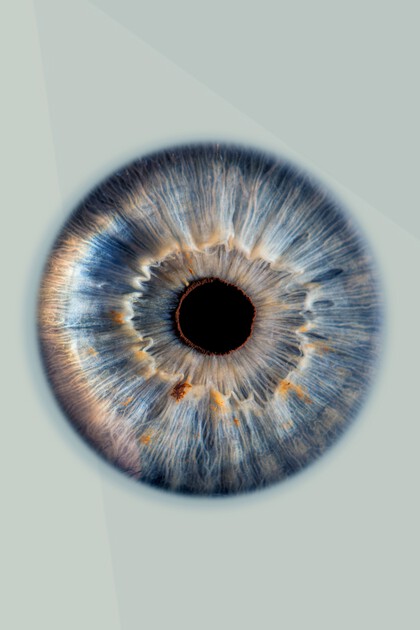

Nystagmus is a condition characterized by involuntary, rhythmic movements of the eyes to the right, left, upward, or downward. It usually occurs as a result of a congenital or acquired neurological or visual disorder. Eye tremor can make it difficult to see clearly and may lead to balance problems. Treatment is planned based on the underlying cause and the type of nystagmus.
Overview of Treatment
It can be congenital or acquired.
Rhythmic, involuntary movements are observed in the eyes.
It can make clear vision, reading, and focusing difficult.
It may be associated with neurological diseases, visual impairments, or side effects of medications.
Treatment is shaped according to the identified cause.
Glasses, prismatic lenses, medication, or surgical methods may be applied.
Early diagnosis improves quality of life.
How Is Nystagmus Treated?
Treatment varies depending on the severity and cause of the tremor. The main goal is to reduce the intensity of the tremor and improve vision and comfort.
Unless a surgical procedure is required, anesthesia is not necessary. The condition is followed up with glasses, lenses, or medication.
In some patients, special lenses can reduce the effect of the tremor. Visual quality may be improved.
In cases caused by neurological conditions, certain medications may help reduce the tremor. However, they may not be effective in every patient.
In some cases, botulinum toxin (Botox) can be injected into the eye muscles to reduce involuntary movements. The effect is temporary and may require regular repetition.
In severe cases, corrective surgeries can be performed on the eye muscles. The goal is to reduce the intensity of the tremor and improve head posture.
The recovery period varies depending on the treatment method. Glasses or lens treatment may show immediate effects. Relief from medication and Botox applications may be felt within a few days. Surgery may require a few weeks of recovery. Regular eye examinations are an essential part of the treatment process.
